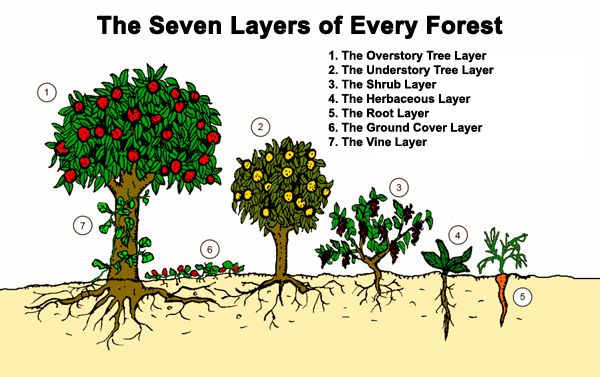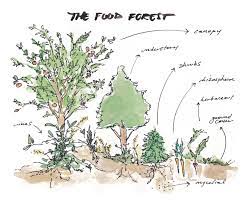

Food forest
July 13, 2022
0 Comments
Explore More
Food forest
GGBC, Green building council,building council,Globalgreenbuildingcouncil Threshold ,Shrubs, Groundcover, Herbaceous, Rhizosphere, Mycelial, landscaping conversation, forest gardens edible forests, food production, biodiversity, efficiency



